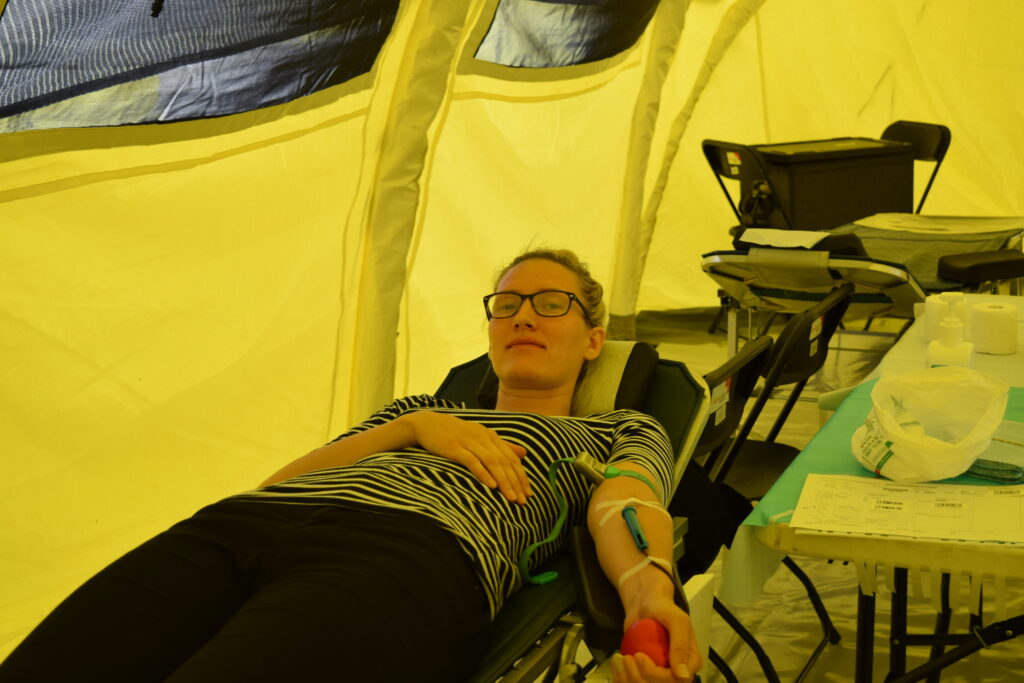Walking Donors
Donor blood saves lives but may not always be available in critical situations due to logistical reasons. As a solution, many countries have implemented so-called mobile blood bank programs, which ensure wider operational continuity for the blood service.
A mobile blood bank consists of donors with O RhD-positive blood type and low natural antibody titers (anti-A, anti-B) who can immediately donate whole blood to recipients of any blood type.
Although mobile blood banks are primarily intended for military use, they can also be applied in mass casualties or other emergency situations.

In the USA (Walking donors, Walking Blood Bank) and Norway (Blood Far Forward), this is part of the blood service’s contingency plan. Mobile blood banks are also beneficial for countries that lack a strong blood bank network. For example, according to WHO, approximately 100,000 women die annually in developing countries from postpartum hemorrhage. With these countries in mind, the USA created a mobile blood bank kit that includes everything needed for blood collection and transfusion, from disinfectants, bandages, sterile catheters and needles to blood group and infection rapid tests.
During World War I, it was recognized that early whole blood transfusion increased the survival rate of wounded soldiers and reduced hemorrhagic shock and related complications.
The modern concept of mobile blood banks is an advancement of the knowledge gained throughout history, ensuring high safety for both donors and patients.
In Estonia, there is a good blood bank network, and blood components are quickly available everywhere. Therefore, the concept of mobile blood banks has not been necessary to implement.
However, the North Estonia Regional Hospital Blood Center prepares thoroughly researched and safe whole blood for helicopter and ambulance use, as the transfusion of whole blood is most effective during the first minutes of acute blood loss. Later, treatment continues with blood components in hospital conditions.
